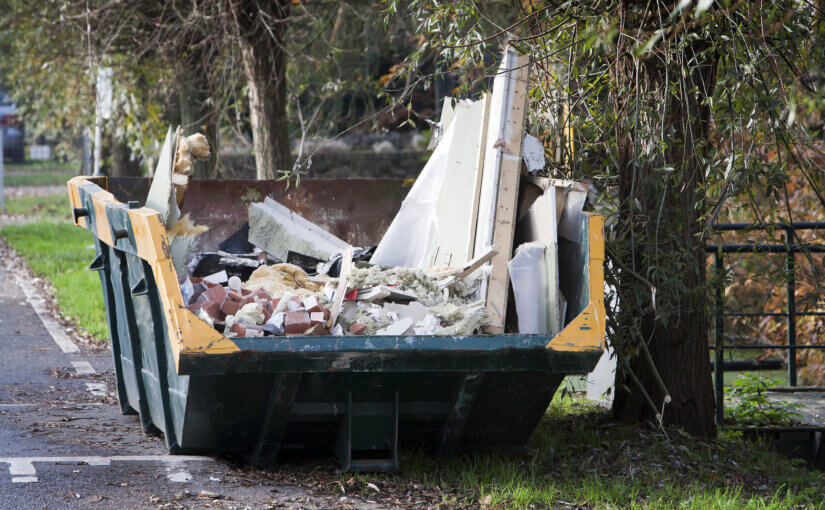We all know the importance of a skip and what skips are primarily used for, but do we know the history? Where did skips come from, and how did they become known?
Where did the name skip come from?
Skip wasn’t always the name that was used to describe these large containers.
If we look back to the industrial revolution of the 18th century, coal miners used baskets, also known as skeps, to hold the collected coal. Coal mining production began to increase, and larger metal containers were created to accommodate the increased amount of coal being produced.
It’s very likely that the term ‘skip’ was involved from ‘skep’ due to the resemblance of the coal mining carts and the metal skips used today.
What defines a skip?
Skips are available in all shapes and sizes, including large, closed, or open-topped containers, which are used to collect and dispose of waste. When in use, they are typically located outside a home or business and filled with waste by the property owner.
Once a skip is filled, they are collected by a skip hire company, and all waste is disposed of in an environmentally-friendly and responsible way.
Skips are the most common method of waste disposal in the UK and are an ideal solution for getting rid of bulky items such as furniture and construction or garden waste. Skips are a also a very useful addition to waste disposal for heavy renovations and household constructions.
How have skips changed throughout the years?
Skips started as nothing more than metal containers stored behind businesses or alleyways designed to be filled and taken away for disposal.
As time went on, skips gradually improved and adapted to meet the changing needs of the modern-day consumer. One of the earliest improvements to the skip was the additional feature of hooks. The hooks were a game-changer and allowed skips to be loaded with ease and reduced the need for manual labour, and waste disposal was much more efficient. They are also suitable for multiple applications, including construction and industrial sites.
The modern-day skip
These days, skips are way more versatile and carry a range of features designed to suit modern-day life. The modern-day skip is shaped like a trapezoid. This shape is ideal as the it has a wide top and deep interior suitable for various materials. They appear in two colours — red and yellow — for vibrancy and to create a safety warning for motorists and passersby.
If you are undergoing household construction, renovations, or just a general clear out of large bulky items, contact Forge to take care of all your commercial, industrial, or personal skip hire needs.
